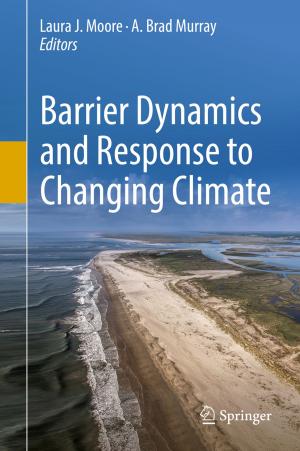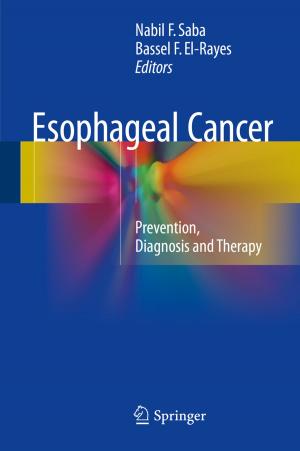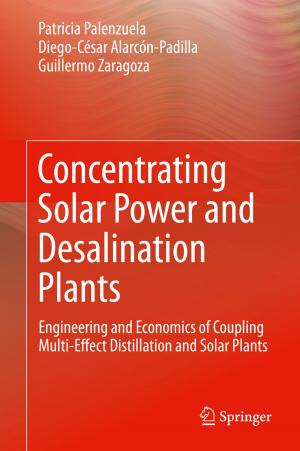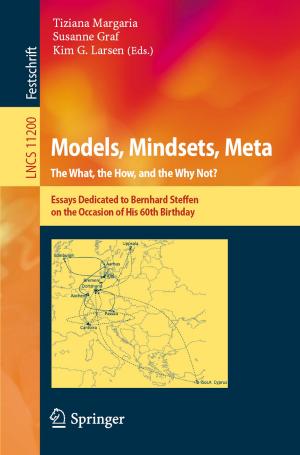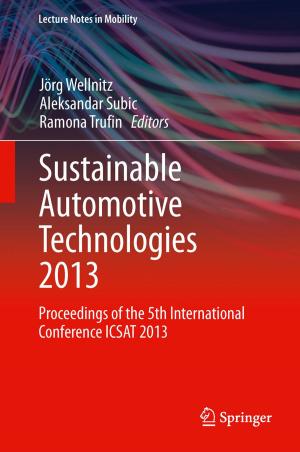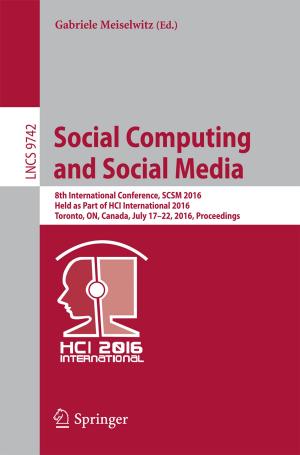A Century of Crisis and Conflict in the International System
Theory and Evidence: Intellectual Odyssey III
Nonfiction, Social & Cultural Studies, Political Science, Politics, History & Theory, Reference & Language, Reference| Author: | Michael Brecher | ISBN: | 9783319571560 |
| Publisher: | Springer International Publishing | Publication: | July 25, 2017 |
| Imprint: | Palgrave Macmillan | Language: | English |
| Author: | Michael Brecher |
| ISBN: | 9783319571560 |
| Publisher: | Springer International Publishing |
| Publication: | July 25, 2017 |
| Imprint: | Palgrave Macmillan |
| Language: | English |
This book is designed to present a fully developed theory of international crisis and conflict, along with substantial evidence of these two closely related phenomena. The book begins with a discussion of these topics at a theoretical level, defining and elaborating on core concepts: international crisis, interstate conflict, severity, and impact. This is followed by a discussion of the international system, along with two significant illustrations, the Berlin Blockade crisis (1948) and the India-Pakistan crisis over Kashmir (1965-66). The book then presents a unified model of crisis, focusing on the four phases of an international crisis, which incorporate the four periods of foreign policy crises for individual states. Findings from thirteen conflicts representing six regional clusters are then analyzed, concluding with a set of hypotheses and evidence on conflict onset, persistence, and resolution.
This book is designed to present a fully developed theory of international crisis and conflict, along with substantial evidence of these two closely related phenomena. The book begins with a discussion of these topics at a theoretical level, defining and elaborating on core concepts: international crisis, interstate conflict, severity, and impact. This is followed by a discussion of the international system, along with two significant illustrations, the Berlin Blockade crisis (1948) and the India-Pakistan crisis over Kashmir (1965-66). The book then presents a unified model of crisis, focusing on the four phases of an international crisis, which incorporate the four periods of foreign policy crises for individual states. Findings from thirteen conflicts representing six regional clusters are then analyzed, concluding with a set of hypotheses and evidence on conflict onset, persistence, and resolution.

